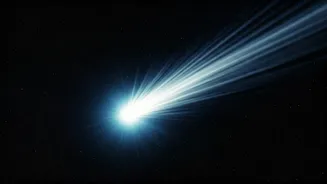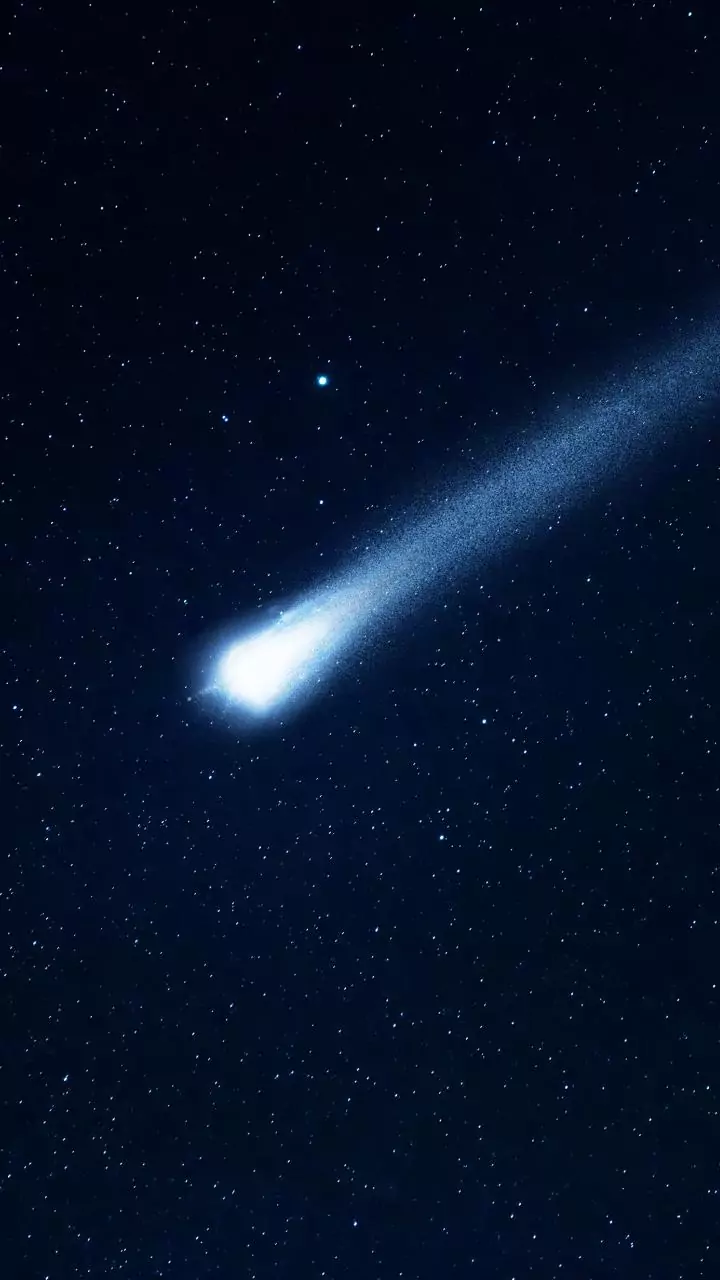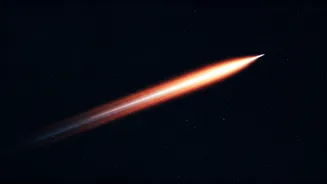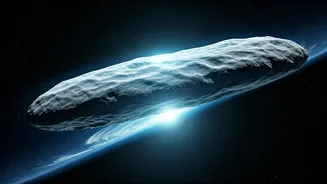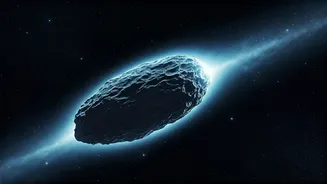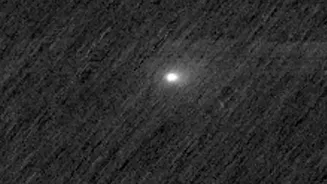The Enigmatic Comet
The excitement surrounding 3I/ATLAS stems from its potential to reveal a long-held secret: the existence of life beyond Earth. Initially discovered, this
comet has swiftly become the focus of intense scientific scrutiny. Its journey towards the sun has captured the attention of researchers, who are eager to observe its behavior and analyze its composition. This close encounter offers a unique chance to study the comet in detail, and the data gathered could provide insights into the formation of our solar system and the possibilities of life elsewhere. The anticipation is high, as the scientific community eagerly awaits what this celestial wanderer may reveal about the universe's biggest mysteries and our place within it.
Close Encounter, High Stakes
As 3I/ATLAS approaches the sun, scientists are prepared to gather crucial data, and the timing of its arrival is critical. The observations made during this phase might provide evidence supporting the theory that extraterrestrial life exists. The scientific community is developing advanced instruments and refining observation techniques to maximize the chances of detection. The close proximity of the comet to the sun allows for more detailed analyses of its composition, including the search for organic compounds or other indicators of potential biological activity. The data gathered would represent a significant advancement in our understanding of the universe. The implications could revolutionize our perception of the cosmos, with the potential to rewrite textbooks and ignite new avenues of scientific research.
Scientific Comparisons
The analysis of 3I/ATLAS has prompted comparisons to other celestial bodies, most notably ‘Oumuamua, the first interstellar object observed passing through our solar system. Scientists have highlighted intriguing parallels between the two, particularly in their unusual trajectories and unexpected behavior. Such comparisons highlight the challenges of understanding objects from beyond our solar system. The study of 'Oumuamua provided invaluable insights into the characteristics of interstellar objects, and the insights gained from analyzing 3I/ATLAS could further help improve our ability to detect and analyze such objects. The similarities and contrasts between these celestial bodies are also stimulating fresh research into how solar systems and the materials within them are formed.
The Debate Unfolds
The upcoming encounter of 3I/ATLAS is fueling debate among experts, with varied perspectives and anticipation regarding its significance. The discussion centers on the potential of the comet to provide solid evidence of extraterrestrial life. Some scientists are cautiously optimistic, while others are more skeptical, emphasizing the need for rigorous analysis and evidence. The differing viewpoints highlight the complexity of the subject matter and the challenges involved in identifying and confirming the existence of extraterrestrial life. This debate encourages a dynamic exchange of ideas and research. This process is helping drive forward the quest to understand our place in the cosmos and its potential for life.
Implications and Beyond
If 3I/ATLAS provides proof of extraterrestrial life, the impact will extend far beyond the scientific world. It could spark a wave of philosophical, cultural, and societal changes, prompting deep questions about humanity's role in the universe. The confirmation of life beyond Earth would also drive further investment in space exploration and research. The discovery could stimulate the development of new technologies aimed at exploring other planets and finding other forms of life. The implications of this discovery could extend into many different areas. This would prompt a reevaluation of our fundamental beliefs about life and the cosmos, and encourage the scientific community and the general public to be open to the possibility that we're not alone.
